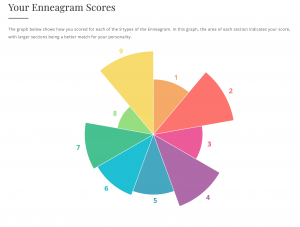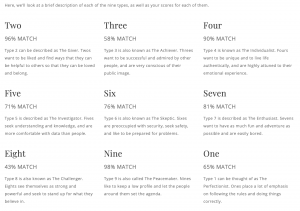At all levels of social work, diversity and variety in practice are qualities which are encouraged. As social workers grow in the profession, they find new ways to relate to ever-evolving cultural groups and social norms.
A strategy used to relate to a different culture can be as simple as attending a presentation on the practices and beliefs of a culture prior to working with a population; or, reviewing academic literature, then using that information to reform an institution’s current program. Whatever the process is, the consensus remains the same: discrimination has no place in social work.
Practice Behaviors
2A. Develop and implement strategies that strive to eradicate discrimination in any form
During the second half of my internship with the Children’s Advocacy Center, I had the opportunity to teach elementary school children about personal safety, the difference between ‘good’ and ‘bad’ touch, and what to do if they felt unsafe. We used the curriculum, Lauren’s Kids, developed by Lauren Book who is a survivor of childhood sexual abuse. In order to ensure children of diverse learning backgrounds could understand the lesson, I worked with my field instructor and task supervisor to rewrite the script for ages 5-10. Here is an example of the 4th & 5th grade script.
In my advanced administration course I worked with my cohort to develop a plan which addressed the needs of an underserved population in Chattanooga. The program sought to administer to the educational, mental, and physical needs of Spanish-speaking, Latino immigrants who have come to call Chattanooga home. Connecting residents with these services would greatly improve health outcomes, reduce violence related to untreated mental health, and create a welcoming atmosphere for English and Spanish speaking community members. The paper can be found here: Proposito Final Paper
2B. Apply self-awareness and self-regulation to manage the influence of personal biases and values in working with diverse clients and constituencies
To say that the second half of the Spring semester was ‘normal’ would be incorrect. As students returned home and internship learning opportunities had to be altered to fit a new format, I had the rare opportunity to be introspective. My field instructor tasked me with taking an Enneagram Test and Implicit Bias Test. In both instances I wrote about the results, implications for future social work practice, and how I planned to use this information to impact service delivery.
Below are my scores from the Enneagram Test.

